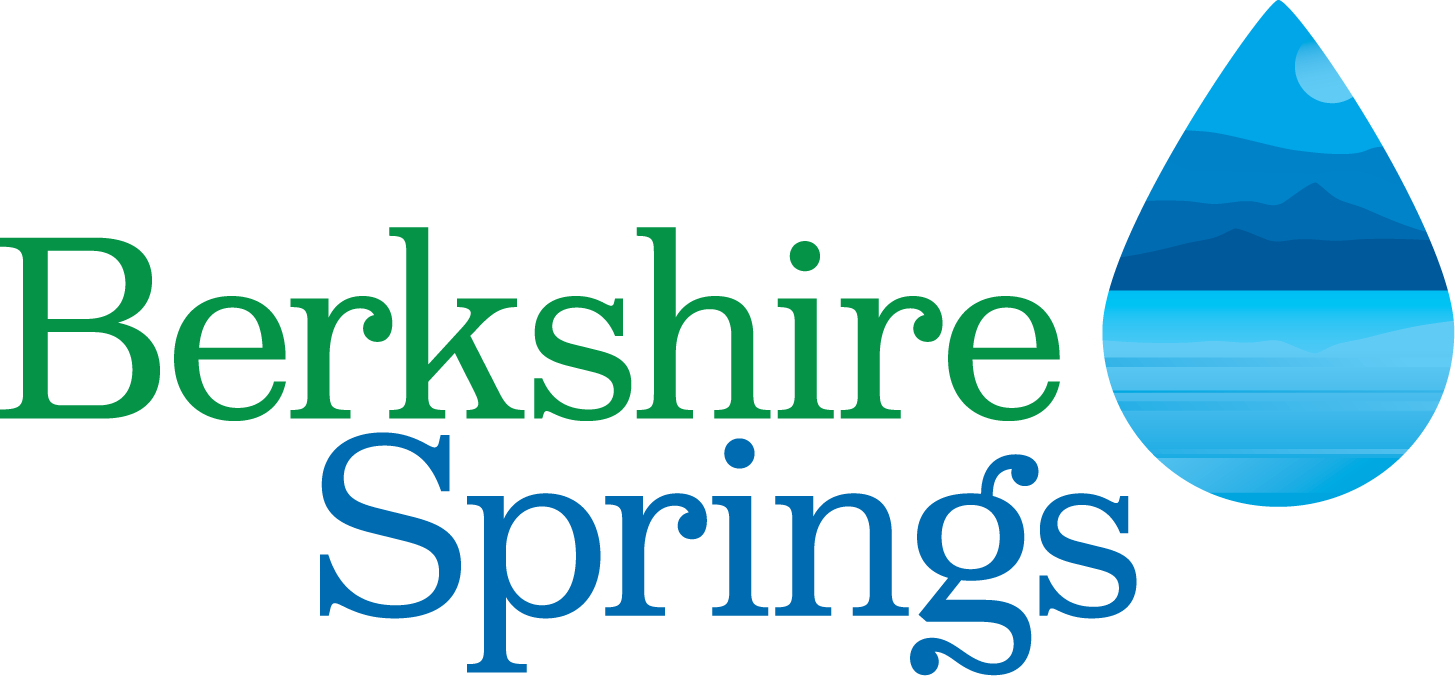Arsenic: the hidden danger of naturally occurring contamination

Arsenic is a naturally occurring mineral in water (although there have been some isolated cases of human contamination of arsenic by using pesticides in the 1930’s). Most contamination of arsenic in water occurs naturally.
For decades, the lowest level scientists could test for arsenic was 50 parts per billion (ppb) in water. Unfortunately, that is not a protective level—which means that 50 ppb is too high a level for safe human consumption.
Research has shown that drinking water over a six-month period with as little as .17 ppb can cause a chronic health condition manifesting itself with skin lesions, sometimes involving internal organs. Ingesting water with just 1ppb for an extended period can also cause endocrine disruption. These can cause cancerous tumors, birth defects, and developmental disorders.
The EPA has dropped the contaminant level from 50 ppb down to 10 ppb, but that did not cause much public awareness. Why? Because this Level 1 contaminant is not visible, one cannot smell it, and it does not affect the taste of the water—so people are not aware that it still creates water that is unsafe to drink. A level 1 contaminant is a contaminants that cannot be removed and constitutes a significant food safety or quality risk. This has been an issue for residents of the Catskills in New York, as well as many people in central Massachusetts.
https://casereports.bmj.com/content/14/7/e244071
Endocrine Society. “Endocrine Disrupting Chemicals (EDCs).” Dec. 8, 2022. https://www.endocrine.org/patient-engagement/endocrine-library/edcs

